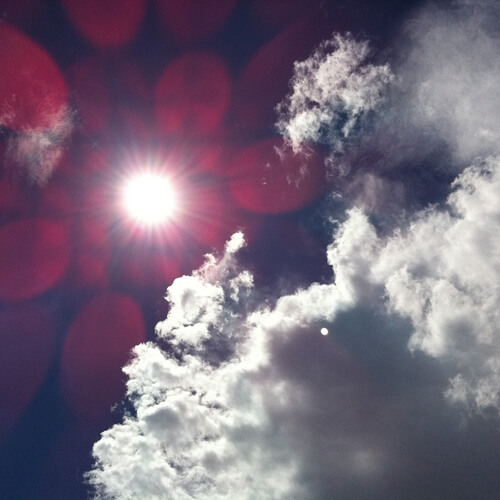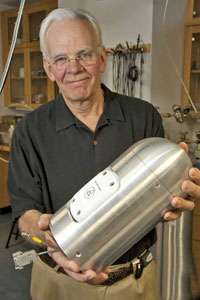News
(Image courtesy of Flickr user Cimexus.)
The following is an excerpt from an article published in Harvard Magazine on July 26, 2012:
A team of Harvard scientists led by Weld professor of atmospheric chemistry James G. Anderson announced today the discovery of serious and wholly unexpected risk of ozone loss over the United States in summer. The finding, published in advance online on July 26 at Science’s Science Express website, is startling because the complex atmospheric chemistry that destroys ozone has previously been thought to occur only at very cold temperatures over polar regions where there is very little threat to humans. (A large hole in the ozone layer persists over Antarctica.) The discovery also links—for the first time—ozone loss (an issue around which world leaders successfully organized to ban chlorofluorocarbons, or CFCs) to climate change (a global problem that has so far proven politically intractable).
The ozone layer blocks a large fraction of the sun’s ultraviolet light from reaching the earth, protecting life forms from potentially damaging radiation that in humans can lead to skin cancer. But stratospheric ozone is susceptible to chemical catalysts of manmade origin, such as chlorine and bromine, which are present in the earth’s atmosphere as a result of the formerly widespread commercial use of CFCs. And the chemical reactions that destroy ozone are highly dependent on both atmospheric temperature and the presence of water vapor.
To read the entire article in Harvard Magazine, click here
Topics: Environment, Climate
Cutting-edge science delivered direct to your inbox.
Join the Harvard SEAS mailing list.
Scientist Profiles
James G. Anderson
Philip S. Weld Professor of Atmospheric Chemistry



